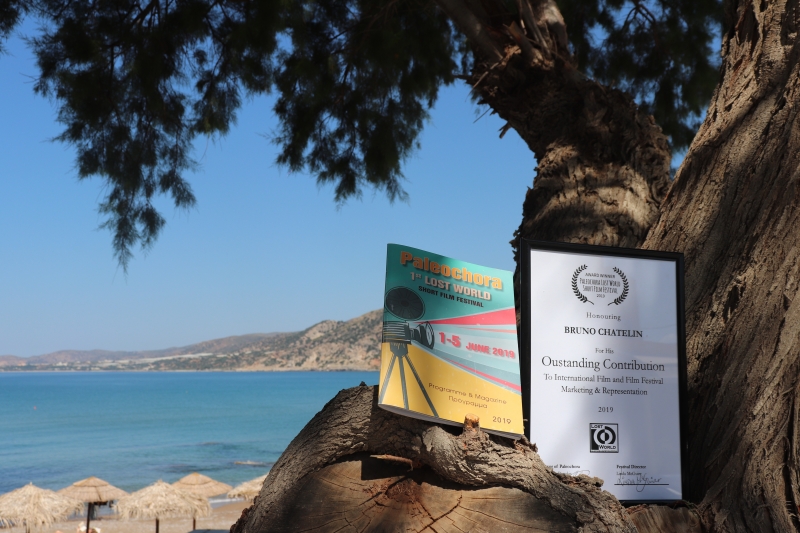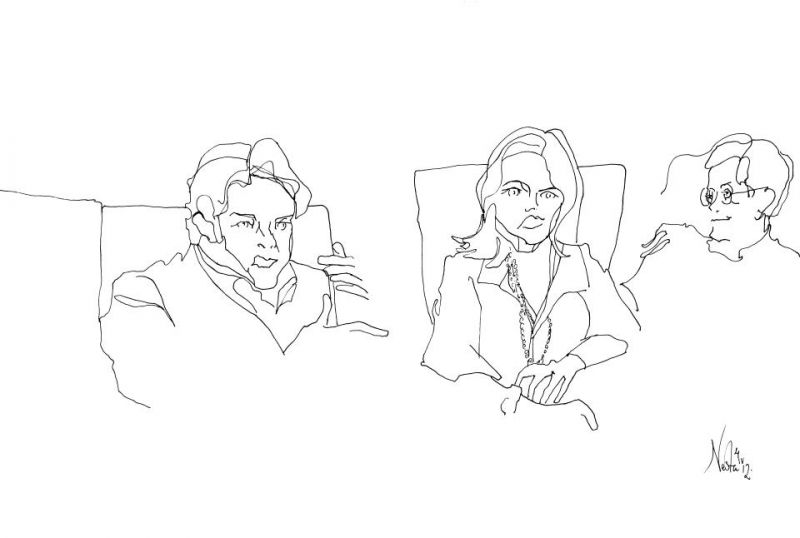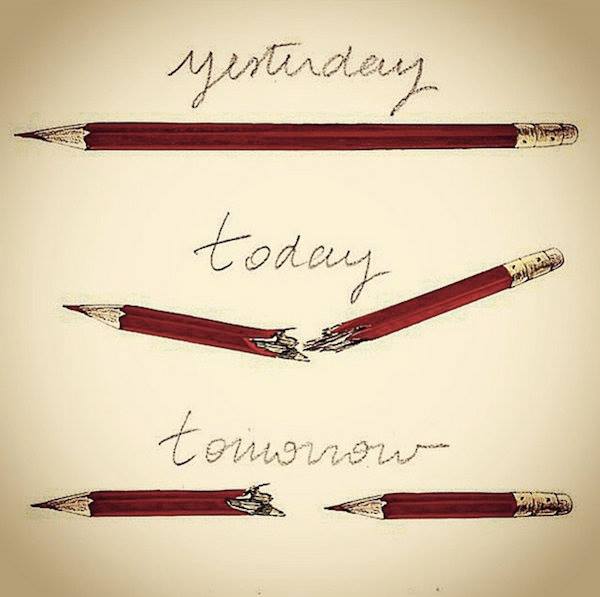Established in 1979, the New York IFP (Independent Feature Film Project) Market as side bar to the New York Film Festival and a response to block buster Hollywood has become an indispensable tool for aspiring and newly established producers, directors and screen writers to check the pulse of the independent film industry and launch their projects.
What started as a screening venue for independent productions close to thirty years ago which had little support from the industry has turned into a massive networking platform with more than 2100 one-to-one meetings this year. The IFP's Independent Film Week showcased new projects by film makers and awarded in 2007 more than $100,000 in cash and services to independent filmmakers.
These meetings facilitate discovering projects before they are completed and involved close to 40% of the companies which have registered for the market. Extent and quality of the networking platforms with programmers, distributors, producers, buyers, agents and independent film makers have become the most important characteristic of the IFP market. The meetings focused on co-productions, ‘Emerging Narratives’ and documentaries.
Notable producers, filmmakers, buyers, and funders at the 2007 IFP included Peter Herman (NOWHERE IN AFRICA), Paul Mezey (MARIA FULL OF GRACE, launched first by IFP), John Canemaker and Peggy Stern (THE MOON AND THE SON: AN IMAGINED CONVERSATION), Nancy Abraham (HBO), Hans R.
Eisenhauer (ZDF/Arte), Lynne Kirby
(Sundance),David Kwock (Tribeca) and
representatives from Germany’s largest public funder of independent productions, the NRW Filmstiftung, as well as spokespersons for similar bodies from Canada, Britain, South Africa and France.
The importance of IFP for independent filmmakers is obvious. Whereas the IFP networking platforms allow unknown film makers to break into the industry based on their scripts, works in progress, or completed films the traditional avenue of film festivals has become an obstacle course. Established film festivals featuring a strong contingent of buyers and programmers are flooded by productions with Sundance and the Berlin ale racking up to 8000 submissions. Most large festivals do not accept work in progress unless a rare special side bar is created for them. More importantly, in spite of all efforts the selection process becomes precarious and superb productions can fall between the cracks as the Berlinale’s Dieter Kosslick readily acknowledges. Even established film makers find it difficult to overcome these obstacles. Thus for the unknown filmmaker it is close to impossible to ‘be discovered’ at film festivals. Conversely the 168 projects, selected from 1,500 submissions for the 2007 IFP market received close scrutiny and had a much higher chance of being selected for distribution and funding. Each of the projects was sheparded through all phases by an IFP staff member who also assembled a project dossier subsequently provided to funders and distributors.
As elsewhere, in New York a growing number of film makers is graduated each year film schools.
Participation in the more than 30 expert panels during the IFPO market should be mandatory for these graduates to better understand technical and substantial film making issues as well as trends in funding and distribution….and to get a more realistic grasp of the probability of success. The probability of success as an independent film maker should be addressed by an IFP panel next year. For once it has become more difficult to raise funds for productions and I certainly do not agree with the view of some panelists that globalization and co-productions makes it easier to raise money. In the European Community, funds from Brussels are intended to foster independent film making by independents from member countries and the largest German funder, the NRW Filmstiftung has virtually no US indie on current or recent funding list. For US independents the days of Rheingold during the reign of Dieter Kosslick of the Filmstiftung or ready ZDF funding from Eckart Stein’s ZDF Das Kleine Fernsehspiel are long gone. Aggravating further making a living as a film maker in the United States is the seemingly endless and growing supply of new film school graduates.
Compare that to Denmark where very few individuals are admitted to the film school since the market cannot absorb more than a handful of directors.
Claus Mueller, New York Correspondent
filmexchange@gmail.com
 Chatelin Bruno
Chatelin Bruno 


























